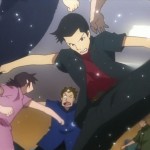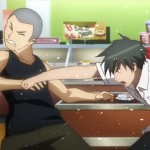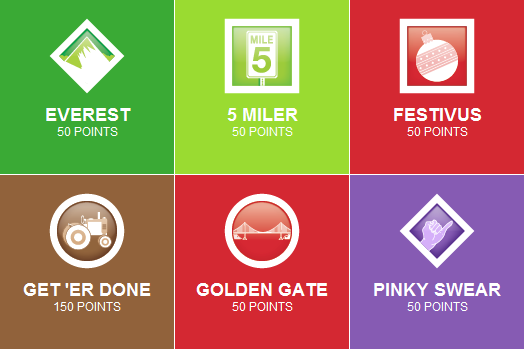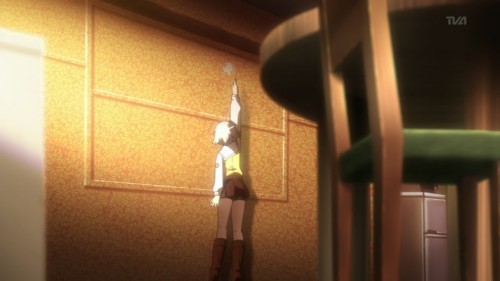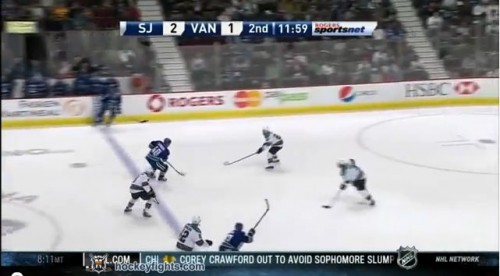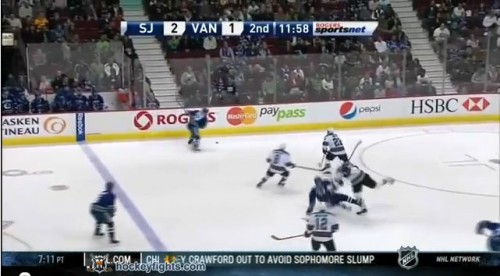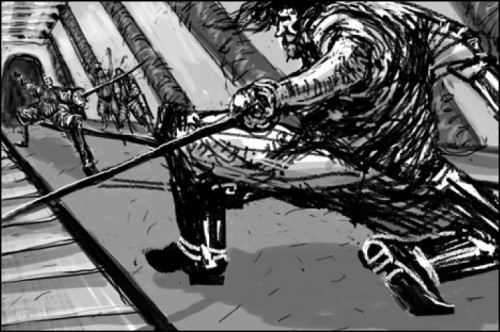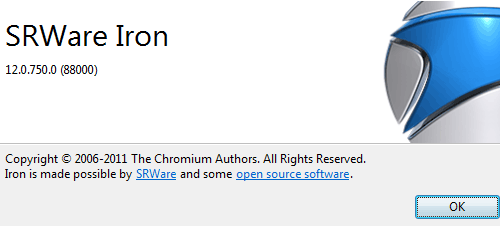Twelve episodes sounds like a short run, but Ben-to manages to wrap things up rather nicely in that time frame. Should the producers choose to run off on some endless perpetual status-quo like Dragonball or One Piece or Bleach did, Ben-to has positioned itself nicely, while still providing folks like me with a satisfactory ending. The overall story arc is a simple one, of a young man finding his place in a strange situation. Over the first few episodes we are gradually introduced to a cast of recurring characters, some endearing, some obnoxious, some a little of both. Throughout the process we are steeped in a fictional warrior culture of pride, vengeance, honor, and hunger. We are shown paragons of the way things ought to be, outliers struggling with the norms of discount-food wolves, and several antagonists that epitomize corruptions of the path our protagonist has found himself on.
While the conclusion was satisfactory, I was somewhat disappointed that there was a full-on denouement at all. The outcome of the battle for the grilled eel special wasn’t what mattered. If Ben-to has taught us anything, it is the fight itself that is the most important, of individuals striving in earnest to beat the shit out of each other over supermarket food. Whoever wins it deserves it and will enjoy it; this doesn’t need to be shown.
Not an instant classic, but well worth taking a look.

